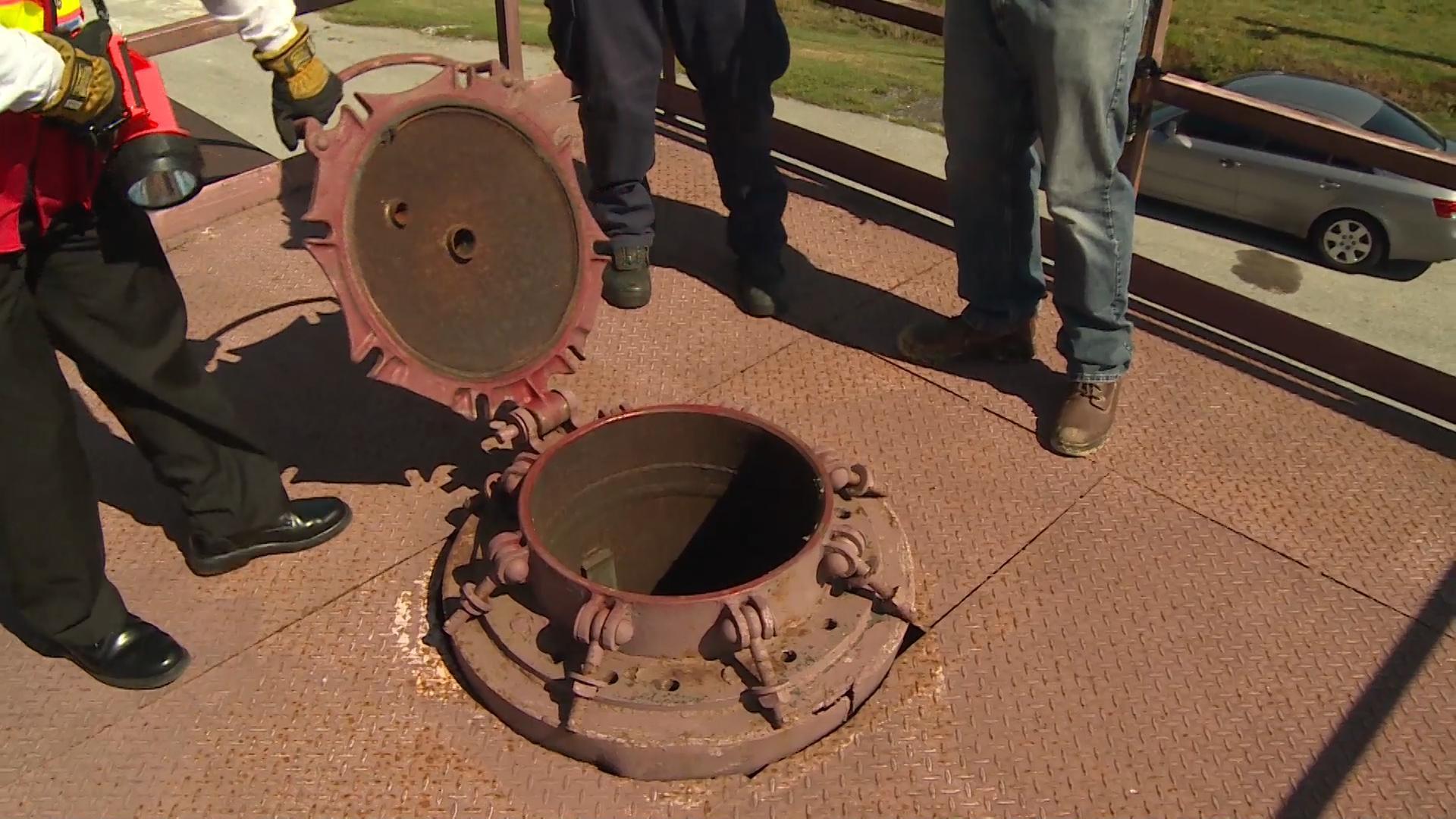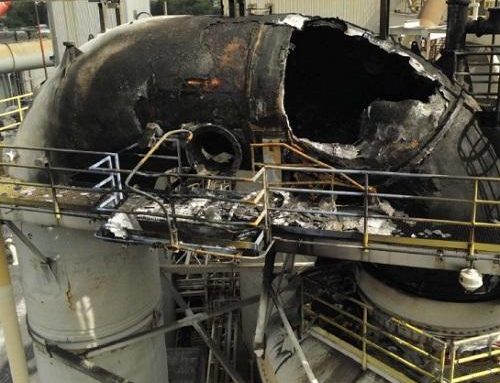Confined spaces are areas that are not designed for continuous human occupancy and that have limited means of entry and exit. Examples of confined spaces include tanks, vessels, silos, and tunnels. These spaces can be hazardous, and workers need to understand the risks associated with confined space entry and take steps to protect themselves. In this article, we’ll explore the importance of confined space entry and why employers must understand and address the risks associated with these spaces.
First, let’s define what a confined space is and why it’s dangerous. A confined space is an area not designed for continuous human occupancy and has limited means of entry and exit. These spaces can be found in various industries, including construction, manufacturing, and agriculture. Confined spaces can be dangerous because they can contain hazardous materials or conditions, such as toxic gases, inadequate ventilation, and inadequate lighting.
One of the main reasons why it’s important to understand and address the risks associated with confined space entry is that it can prevent accidents and injuries. Confined spaces can be hazardous, and workers who enter these spaces without proper training and protective equipment are at a high risk of accidents and injuries. By understanding the risks associated with confined space entry and taking steps to protect workers, employers can prevent accidents and injuries and save lives.
Another key reason why it’s important to address the risks associated with confined space entry is because it’s required by law. In many countries, there are strict regulations regarding the entry of confined spaces, and employers must comply with these regulations. By understanding and addressing the risks associated with confined space entry, employers can ensure that they are complying with the law and protecting the health and safety of their workers.
In addition to legal requirements, addressing the risks associated with confined space entry is also important for protecting the reputation of a business. If a worker is injured or killed while working in a confined space, it can damage the business’s reputation and lead to a loss of customers. By preventing accidents and injuries in confined spaces, businesses can protect their reputation and earn the trust of their customers.
In conclusion, understanding and addressing the risks associated with confined space entry is essential for protecting the health and safety of workers. It’s also important for complying with legal requirements and protecting the reputation of a business. By prioritizing the identification and management of confined space hazards, employers can safeguard the well-being of their workers and avoid costly penalties.
Do you need Online Training for Confined Space Entry?
Try a free demonstration of our Confined Space Entry Training program, where you can see the full content of the training program and how the system works from the perspective of the trainee:










